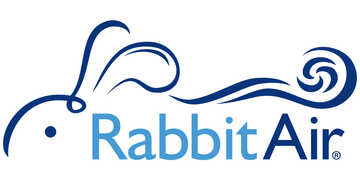IN THIS ISSUE:
A Brief History of the Air Purifier
Regardless of how modern the idea of air purification seems, people have been concerned with protecting their lungs from harmful particles for over 200 years. Air purifiers were originally invented as protection from extreme elements, however, with the diminishing quality of our environment today, air purifiers have become much more of a necessity. Developed in the early 1800s, the first air purifying device was a mask invented by John and Charles Dean to protect firefighters from intense smoke fumes in burning buildings. By the mid 1850's, the mask had been adapted to protect coal miners and divers from the heavily polluted air, but it wasn't until later, after the onset of the Industrial Revolution that they began developing the air purifier for in home use.
In the beginning, air purifying technology consisted mainly of charcoal based filters. During WWII, HEPA filtration was invented as a secret technology for the Manhattan Project, to prevent the spread of radioactive contaminants. The HEPA standard was 99.97% efficiency for particles down to 0.3 microns in size, which made it the most precise form of filtration available.
It wasn't until two decades later that air purifiers really became popular for use in homes and offices to filter out hazardous gases, chemicals, carcinogens and other contaminants. In 1963, Congress passed the Clean Air Act in an attempt to reduce pollution by regulating fuel emissions which heightened awareness about deteriorating air quality. Today air purifiers have become somewhat of a staple in modern homes. With pollution up to five times higher indoors than outdoors, many people rely on air purifiers to control allergy and asthma symptoms and to improve the overall quality of their environment.
Tip of the Month
Great ExpectationsSetting up an air quality baseline for your BioGS
It is important to establish an “air quality baseline” soon after introducing the BioGS to your home. An air quality baseline is the condition of the air in your house that the air purifier considers normal. When you first get your BioGS air purifier, turn it on and let it run in auto mode or another fan speed for 24 hours. After the initial run, unplug the unit and then plug it back in again. By restarting your air purifier, it adjusts its sensors based on the improved air quality in your house, now that it has been treated for a day. This way, your Rabbit Air expects only the highest air quality and maintains the cleanest air your house has ever seen.




